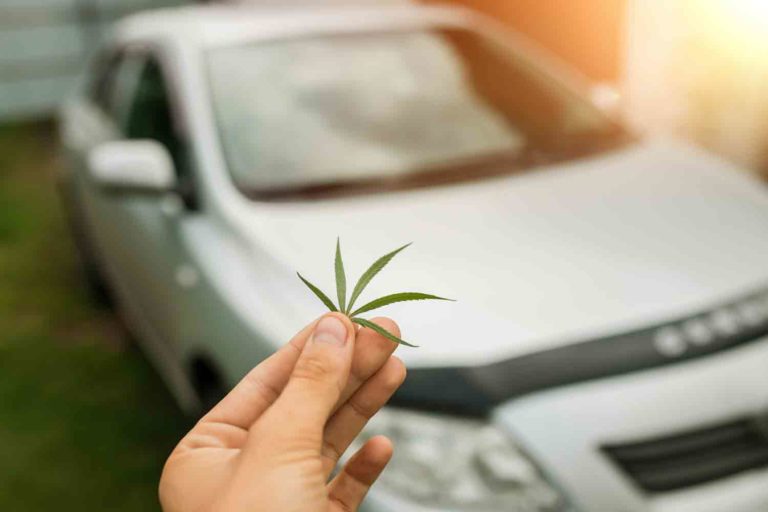
One of the major fears surrounding federal cannabis legalization involves the potential increase in the number of cannabis-related car accidents. Those fears may have been overstated, according to a new study published in the journal of Accident Analysis and Prevention.
A team of researchers from the University of Colorado found that daily cannabis users performed nearly identically in simulated driving scenarios after ingesting cannabis compared to non-users who were THC-free. The implication of such findings could affect how states weigh potential legalization moving forward, and appears to strengthen the case for nationwide decriminalization.
Methodology
The team used eighty five adults (43 male, 42 female) aged between 24 and 42. Researchers then split these participants into three groups for the trials. Group one were the regular cannabis users, defined as anyone who reported consuming products on a daily basis. There were 31 users within this category. The second group of 24 participants used cannabis 1-2 times per week or less. Finally, the third group of thirty people did not use cannabis at all.
To start, researchers gave groups one and two 15 minutes to recreate their typical smoking routine. They could smoke as much as they wanted during this span. Researchers even had each use their own personal stash of cannabis flower. The idea behind this was to better-simulate real-life smoking conditions.
Then, researchers took blood samples from all three groups to calculate the level of THC in the system at the time of taking the driving test.
After establishing that baseline, each participant went through a series of simulated scenarios using a National Advanced Driving Simulator. The test measured for standard deviation of lateral placement (SDLP), and speed relative to posted speed limit. Researchers use these factors to measure how well a person drives while intoxicated.
Results
After analyzing the changes in simulated driving performance, the team found several important patterns. Most importantly, daily users showed insignificant changes in SDLP after using cannabis, and drove at slightly slower overall speeds. This meant that their driving tests were just as safe as the group that did not consume cannabis at all.
In the case of the occasional users, the effects of the THC were more noticeable. These users showed a significant increase in SDLP, and drove slightly faster than the non-users.
These findings suggest that users with a higher tolerance to cannabis are capable of driving as well as any regular driver. They also mirror similar studies that have shown heavy cannabis users develop a tolerance to the neurocognitive effects of the THC.
This in turn reaffirms the fact that THC/blood levels do not predict performance when it comes to motor safety. While Law Enforcement will never deem it permissible to drive impaired or distracted, this study does give new insight on acceptable levels of impairment. That information may help legislatures and law enforcement make some key decisions as they discuss legalization.
Make sure to check back for more cannabis and hemp related news.